Understanding Water Treatment Costs
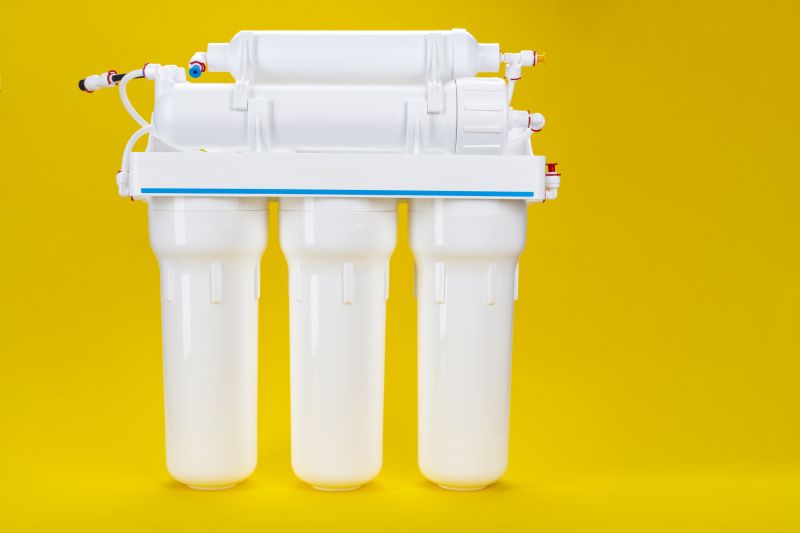
The purity and contamination levels of the water source significantly affect treatment costs.
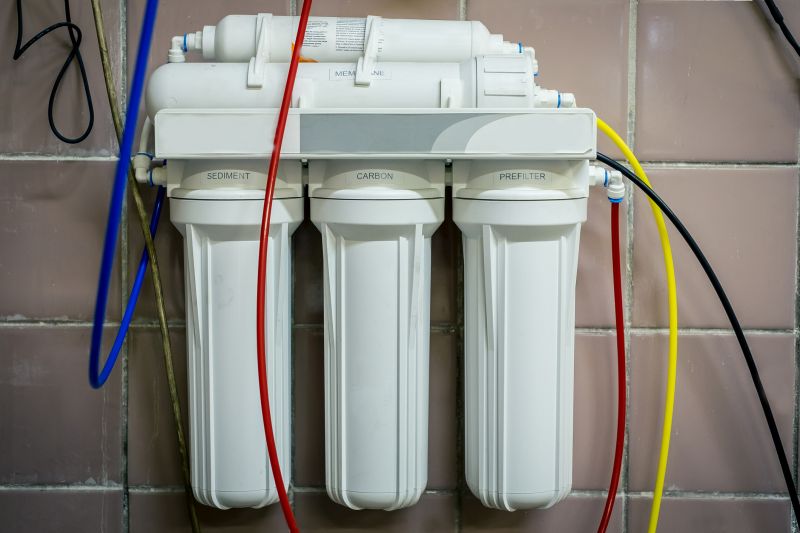
Advanced filtration and purification methods can increase expenses but improve water quality.
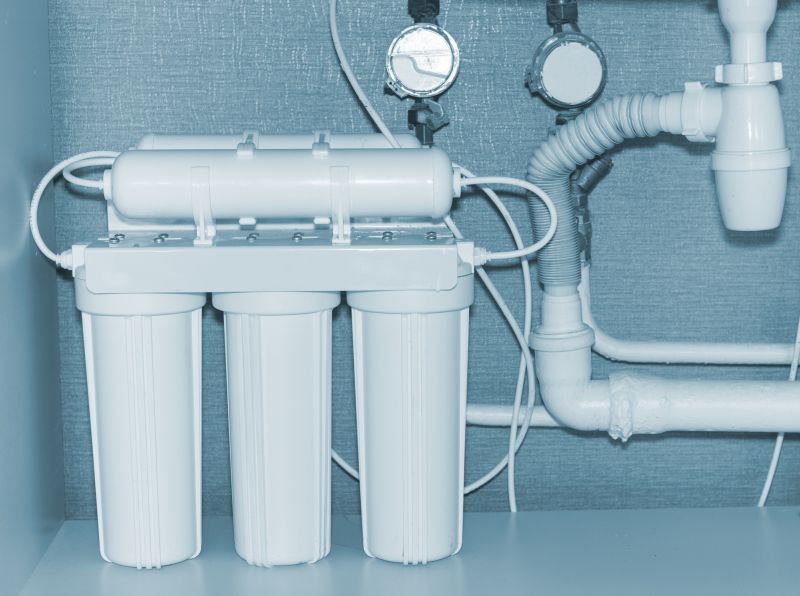
Larger-scale projects benefit from economies of scale, potentially reducing per-unit costs.
| Factor | Impact on Cost |
|---|---|
| Source Water Quality | Higher contamination levels increase treatment expenses. |
| Type of Treatment | More complex treatments cost more to implement. |
| Project Size | Larger projects tend to have lower per-unit costs. |
| Energy Requirements | Energy-intensive processes raise operational costs. |
| Regulatory Compliance | Meeting strict standards can add to expenses. |
| Labor Costs | Skilled labor increases overall costs. |
| Material Costs | Price fluctuations in treatment materials affect budgets. |
| Maintenance Frequency | Regular upkeep influences long-term expenses. |
Investing in effective water treatment systems can lead to improved water quality and compliance with regulatory standards. While initial costs may be significant, long-term benefits include reduced operational issues and enhanced safety for consumers.
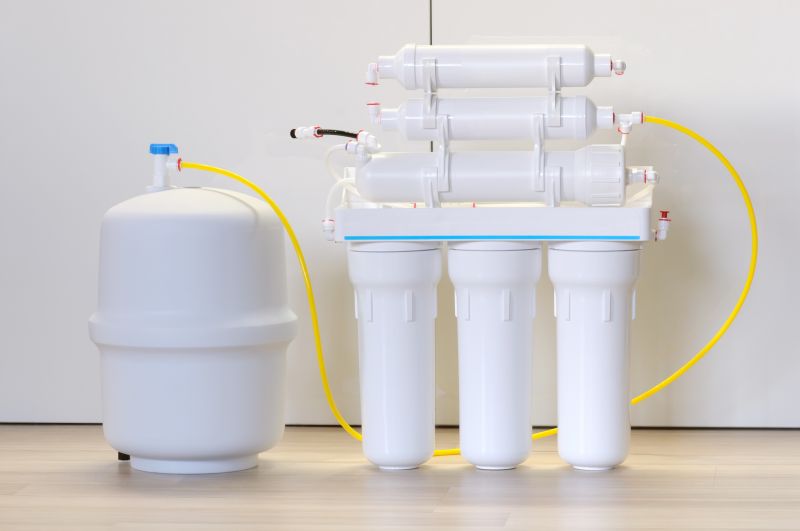
Different filtration methods vary in cost, with advanced options like reverse osmosis being more expensive.
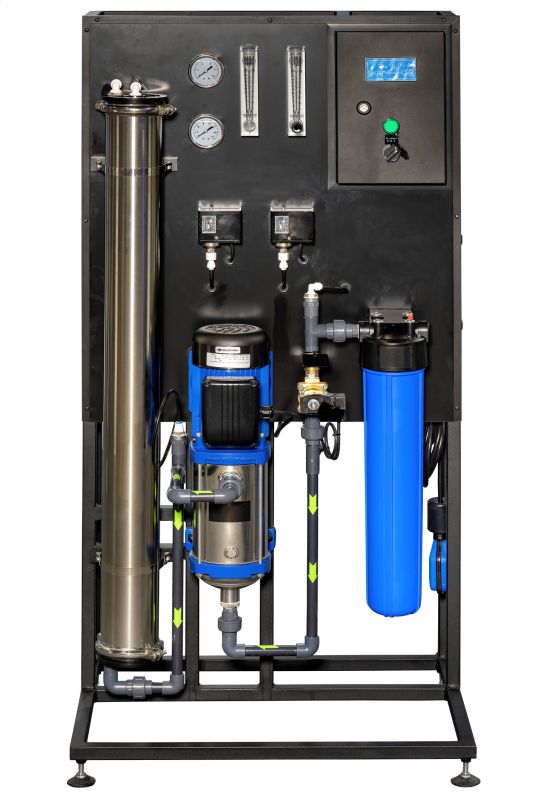
Chemical dosing systems require ongoing material costs and maintenance.
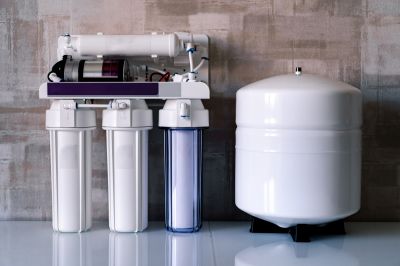
Ultraviolet and chlorination systems have differing costs based on capacity and technology.
| Service | Average Price Range |
|---|---|
| Basic Water Filtration | $1,000 - $5,000 |
| Advanced Reverse Osmosis Systems | $5,000 - $20,000 |
| Chemical Dosing Equipment | $2,000 - $8,000 |
| Ultraviolet Disinfection | $3,000 - $12,000 |
| Chlorination Systems | $2,500 - $10,000 |
| Water Softening Systems | $1,500 - $6,000 |
| Sedimentation Tanks | $4,000 - $15,000 |
| Activated Carbon Filters | $1,200 - $4,500 |
| Ion Exchange Units | $3,000 - $9,000 |
| Ozone Treatment Systems | $10,000 - $50,000 |
